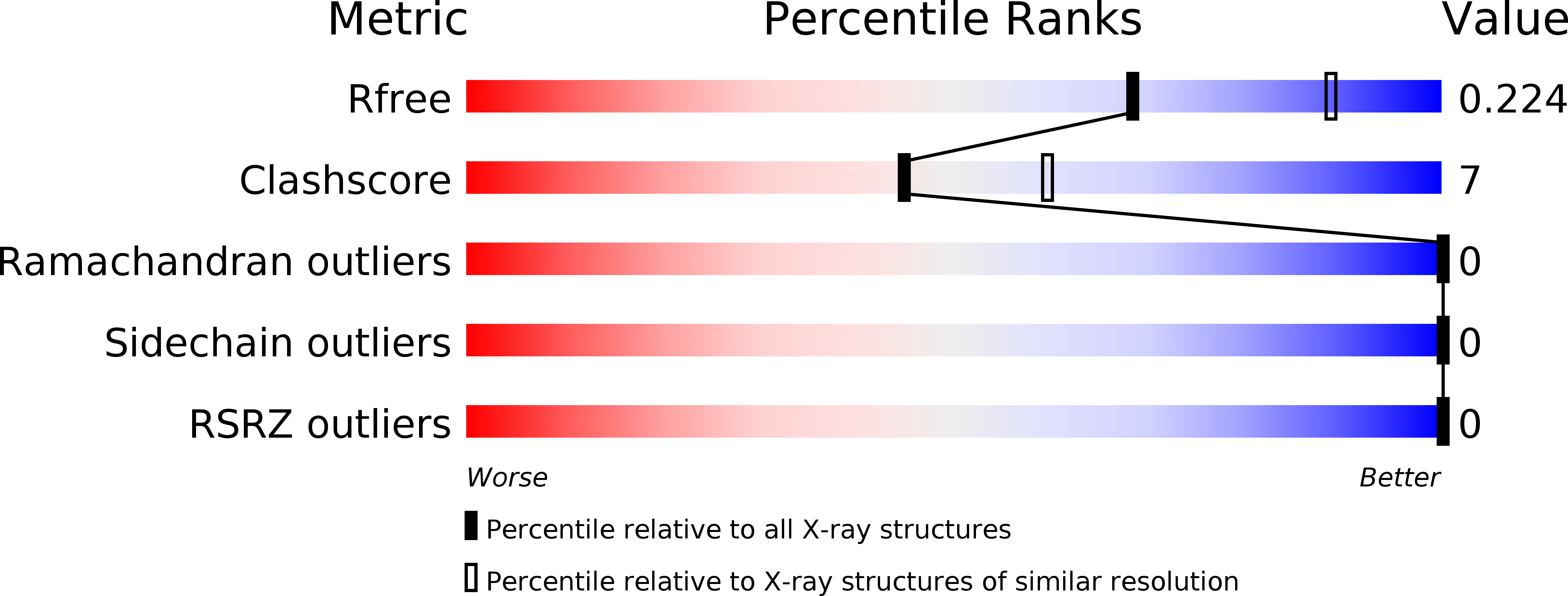
Deposition Date
2018-09-03
Release Date
2019-02-13
Last Version Date
2023-11-22
Entry Detail
PDB ID:
6AKV
Keywords:
Title:
Crystal structure of LysB4, the endolysin from Bacillus cereus-targeting bacteriophage B4
Biological Source:
Source Organism:
Bacillus phage B4 (Taxon ID: 1141133)
Host Organism:
Method Details:
Experimental Method:
Resolution:
2.40 Å
R-Value Free:
0.22
R-Value Work:
0.17
R-Value Observed:
0.18
Space Group:
I 41


